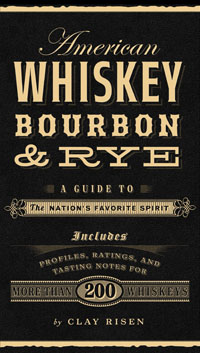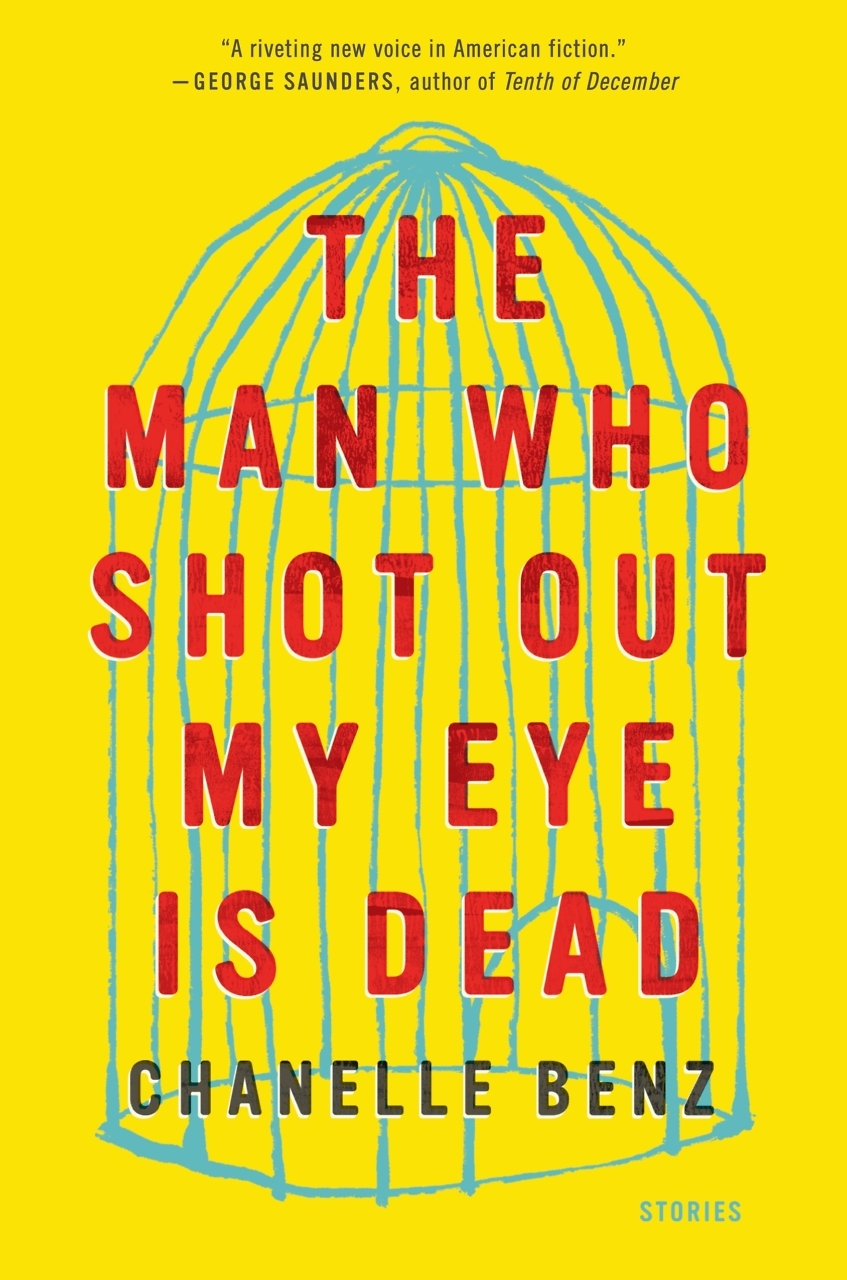A Neat Shot
With American Whiskey, Bourbon & Rye, Clay Risen chronicles the rebirth of a lost national craft
Clay Risen’s American Whiskey, Bourbon & Rye is a beautiful book. At five-by-nine inches tall, it is nearly the proportion of the Golden Mean, although the height is a tad too long, making it closer to a tall, rare bottle. It has surprising heft for its price. The cover is brown cloth that could almost pass for aged leather, the title information an embossed gold in what appears to be a collection of nineteenth-century newspaper typefaces. In short, it is the perfect vessel for what it contains: a fine, elegantly illustrated compendium of the best liquor this nation has ever produced.
 Risen is a Chapter 16 contributing writer as well as an editor at The New York Times and the author of A Nation on Fire: America in the Wake of the King Assassination. As he points out in his introduction, it wasn’t so long ago that the phrase “American whiskey” struck “many a refined palate as a gross insult.” But as he also points out, “There is nothing boring about American whiskey today.” The blandness of the post-prohibition years has been replaced by a national rebirth in the making of fine whiskeys, and this delightful volume, just narrow enough to fit into a hip pocket or purse for a trek to a better liquor store, should prove a useful guide. American Whiskey, Bourbon & Rye covers the history of American whiskey and current practices in the industry, and it offers profiles, ratings, and tasting notes for over 200 whiskeys.
Risen is a Chapter 16 contributing writer as well as an editor at The New York Times and the author of A Nation on Fire: America in the Wake of the King Assassination. As he points out in his introduction, it wasn’t so long ago that the phrase “American whiskey” struck “many a refined palate as a gross insult.” But as he also points out, “There is nothing boring about American whiskey today.” The blandness of the post-prohibition years has been replaced by a national rebirth in the making of fine whiskeys, and this delightful volume, just narrow enough to fit into a hip pocket or purse for a trek to a better liquor store, should prove a useful guide. American Whiskey, Bourbon & Rye covers the history of American whiskey and current practices in the industry, and it offers profiles, ratings, and tasting notes for over 200 whiskeys.
Risen will launch the book at Barista Parlor in East Nashville on October 25 in a whiskey-tasting event to benefit Humanities Tennessee. He recently answered questions from Chapter 16—via email, sadly, rather than over drinks.
Chapter 16: At first glance, writing this book seems like a dream job for any whiskey aficionado. Did there ever come a time when you said, “Oh no, not another expensive single barrel to taste”?
Clay Risen: I wish I could say it was a drag, but no. It was a blast from start to finish. It helped that I had a fun, knowledgeable group of people for my tasting panel. Not only did many of them have a better palate than I do, but they made arriving at yet another round of whiskey a real joy.
Chapter 16: How is Tennessee whiskey distinct from Kentucky bourbon—or, for that matter, all other whiskeys?
Risen: It’s a lot more confusing than it should be, but put simply Tennessee whiskey is bourbon that has been filtered through a good bit of sugar-maple charcoal prior to aging—the so-called Lincoln County Process. Methods vary; Jack Daniel drips it through a ten-foot column, while George Dickel mingles the two in a vat.
 Unlike bourbon, though, there is no federal regulation that defines Tennessee whiskey. You could make a whiskey in Oregon that never touched a single briquette of charcoal, sugar-maple or otherwise, and still call it a Tennessee whiskey. Until recently, you could do the same in Tennessee—Phil Prichard, who owns Prichard’s Distillery in Kelso, abjures charcoal but slaps Tennessee Whiskey on his bottles all the same. Earlier this year, though, the General Assembly passed a law saying that any whiskey sold in-state that uses the “Tennessee” label has to, among other things, a) be made in the state and b) use the Lincoln County Process. Since Tennessee law isn’t federal law, you can still make that Oregon “Tennessee” whiskey, but you can no longer sell it as such in Tennessee. Interestingly, legislators inserted an exemption for any distillery founded in 2000—of which there is precisely one: Prichard’s.
Unlike bourbon, though, there is no federal regulation that defines Tennessee whiskey. You could make a whiskey in Oregon that never touched a single briquette of charcoal, sugar-maple or otherwise, and still call it a Tennessee whiskey. Until recently, you could do the same in Tennessee—Phil Prichard, who owns Prichard’s Distillery in Kelso, abjures charcoal but slaps Tennessee Whiskey on his bottles all the same. Earlier this year, though, the General Assembly passed a law saying that any whiskey sold in-state that uses the “Tennessee” label has to, among other things, a) be made in the state and b) use the Lincoln County Process. Since Tennessee law isn’t federal law, you can still make that Oregon “Tennessee” whiskey, but you can no longer sell it as such in Tennessee. Interestingly, legislators inserted an exemption for any distillery founded in 2000—of which there is precisely one: Prichard’s.
Chapter 16: Did distillers provide you with samples for tasting?
Risen: Some did; some didn’t. It certainly wasn’t a requirement for inclusion in the book, let alone a good rating.
Chapter 16: Was there ever an attempt to sway your opinion?
Risen: The only way they could do that would be by making a better whiskey.
Chapter 16: Is there any one whiskey that stand out as better than all the rest? What about worse than all the rest?
Risen: I try not to make any definitive claims about what is “best” since everything is relative. But there’s no question that the whiskeys coming out under the Pappy van Winkle and Michter’s labels are hard to beat. I loved the eighteen-year-old expression of Elijah Craig, but that’s now been phased out in favor of even older bottlings, which I find a bit too woody. I liked the eighteen-year-old Stitzel-Weller-sourced bourbon from Jefferson’s, too, which is getting harder to find, so snap up a bottle if you see it. And one overlooked whiskey I try to recommend to everyone is John J. Bowman, a delicious single-barrel bourbon from the Bowman distillery in Fredericksburg, Virginia.
As for the worst, I’ll give the same answer: it’s all relative. But generally speaking, the whiskeys that get bad reviews in my book tend to be from new, craft distillers. That doesn’t mean craft whiskeys are bad as a category. Some, like the single malt from Balcones, a relatively new distillery in Texas, are sublime. But like any set of new businesses, there are going to be a lot of stinkers. That said, while some of the ones I give low marks to are made by people who simply shouldn’t be making whiskey, others—even most, I’d say—are made by people with a lot of talent, but who need more time to hone their craft.
Chapter 16: At the end of the book, you recommend several books and websites for whiskey buffs seeking further information. Along those lines, were there any particular distilleries tours that you found to be instructive in the distiller’s art?
Risen: I love visiting the Four Roses distillery, near Bardstown. It’s a total surprise: a sprawling Spanish mission-style complex in the middle of the rolling Kentucky farmland. The tour is very instructive, as well—Four Roses uses a complex matrix of mash bills and yeast strains, and the tour guides walk you through how they choose which combination to use to create which whiskey.
Conversely, I enjoy visiting craft distilleries as well. They are by their nature smaller, stripped-down versions of their more established colleagues, but seeing them helps you understand what it actually takes to make a barrel of whiskey, and what is actually just bells and whistles. The horses grazing outside the Woodford Reserve distillery are beautiful, but they don’t improve the taste of the bourbon made inside.
Chapter 16: While you make clear that the ratings in the book are strictly your own personal taste, you also mention that you consulted a “panel of trusted confederates” who added their own thoughts. Is there, um, an application process for that panel for the next edition?
Risen: If you can make it to New York, you’re welcome to join us any time.
[To read an excerpt from American Whiskey, Bourbon & Rye, please click here.]
Clay Risen will discuss American Whiskey, Bourbon & Rye at a book release and whiskey tasting event at Barista Parlor in East Nashville October 25, 2013, at 7 p.m. All proceeds will benefit Humanities Tennessee. Tickets are $35 and include a copy of the book as well as admission to the event.


